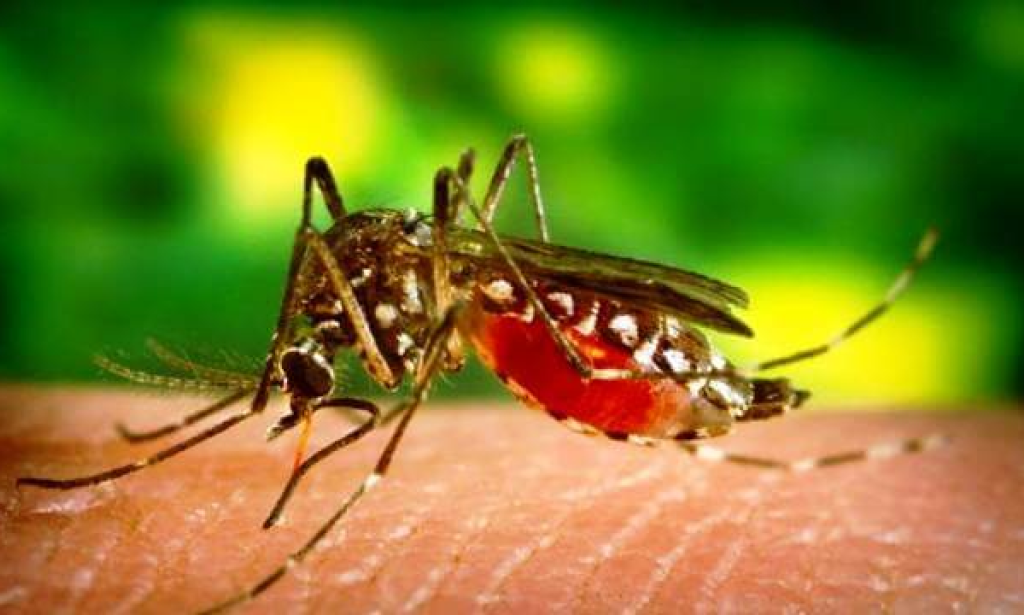From termites that can compromise structural integrity to venomous spiders with potent neurotoxins, the insect world harbors an array of species that pose significant threats to humans. This comprehensive guide delves into the most dangerous insects, exploring their characteristics, behaviors, and potential risks. Brace yourself for an eye-opening journey through the fascinating yet formidable realm of these tiny yet formidable creatures.

25. Termites: While not inherently dangerous to humans, termites play a vital role in the ecosystem, even serving as a dietary component in some cultures. However, their relentless appetite for wood and plant matter can wreak havoc on crops, structures, and infrastructure, causing substantial economic losses.

24. Lice: These wingless scavengers feed on human skin and bodily secretions, including blood. On average, humans can host up to 15 different species of lice on their heads alone. Although not typically life-threatening, lice can transmit diseases, making them a persistent nuisance.
23. Deer Tick: Every year, thousands of individuals fall victim to Lyme disease, a debilitating condition transmitted by the deer tick. Initial symptoms include a characteristic bull's-eye rash around the bite, accompanied by headaches and fever. If left untreated, Lyme disease can progress to cause stiff joints, heart problems, and prolonged suffering.
22. Army Ants: Renowned for their aggression and predatory nature, army ants are among the most dangerous insects on our list. Unlike other ant species, army ants do not construct permanent nests; instead, they form nomadic colonies that incessantly move during the day, preying on insects and small vertebrates. Collectively, a single colony can consume over half a million prey animals daily.
21. Yellowjackets: While most yellowjackets are mere pests, certain species like the German Yellowjacket found in North America are bold and aggressive. When provoked, they can sting repeatedly and painfully, marking their aggressors and pursuing them relentlessly.
20. Black Widows: The infamous black widow spider's bite can be harmful to humans due to the neurotoxins released. However, if medical attention is sought promptly, the effects can often be limited to localized pain and discomfort.
19. Puss Caterpillars: Contrary to their cute and furry appearance, puss caterpillars harbor a deceptive danger. Their fur-like exterior conceals venomous spines that can cause excruciating pain, chest discomfort, numbness, and even breathing difficulties upon contact with human skin.
18. Cockroaches: Notorious disease carriers, cockroaches have been known to transmit numerous harmful pathogens to humans. Remarkably resilient, these pests can survive for months without food or water, making them challenging to eradicate.
17. Parasitic Worms: These eukaryotic parasites derive nourishment by absorbing nutrients from their hosts, often dwelling within the human digestive tract. Infestations can lead to insomnia, vomiting, nausea, and a host of other ailments.
16. Bedbugs: While not known to cause excruciating pain or death, these persistent human parasites can inflict psychological distress and trigger allergic reactions through their bites.
15. Human Botflies: Also known as Torsalo or American warble flies, human botflies can transmit life-threatening parasites to humans. Typically transferred by mosquitoes and ticks, their larvae burrow beneath the skin, causing severe infections if left untreated.
14. House Centipedes: Armed with venomous forcipules (venom claws), house centipedes' bites can be hazardous to humans, causing intense pain and swelling that can persist for days.
13. Black Spitting Thick-Tailed Scorpion: While not technically insects, these scorpions from South Africa are among the most dangerous species. Known for their thick tails and thin claws, they possess the ability to spit venom, potentially causing paralysis, excruciating pain, and even death.
12. Assassin Bugs: Well-known for carrying the Chagas disease, these parasitic bugs often infect people living in impoverished rural areas of the Americas.
11. Bullet Ants: Aptly named for the intense, gunshot-like pain inflicted by their sting, bullet ants are among the most venomous insects on the planet. The throbbing, unabated pain can persist for over 24 hours, making their sting a torturous ordeal.
10. Brazilian Wandering Spider: Recognized by the Guinness Book of World Records as the most venomous spider in the world, the Brazilian wandering spider is a highly toxic and defensive arachnid native to tropical regions of South and Central America.
9. Anopheles Mosquito: This notorious mosquito species is responsible for transmitting malaria and other deadly diseases, triggering numerous epidemics in tropical regions worldwide.
8. Rat Fleas: Serving as primary vectors for the bubonic plague, rat fleas are parasites of rodents that can also host tapeworms and transmit life-threatening diseases from person to person through their eggs.
7. Africanized Honeybee: Commonly referred to as "killer bees" due to their aggressive nature and capacity to inflict fatal stings, Africanized honeybees are a hybrid species that invades and takes over European honeybee hives, deploying greater numbers for defense and exhibiting a heightened willingness to attack perceived threats.
6. Fleas: While often overlooked, fleas have played a significant role in facilitating the spread of diseases like the bubonic plague, transmitting pathogens between animals and humans throughout history.
5. Fire Ants: Easily distinguishable by their copper-brown heads and dark abdomens, fire ants bite and spray formic acid on attackers, causing intense irritation, pain, and, in extreme cases, death.
4. Brown Recluse Spider: Unlike the neurotoxin-producing Black Widow, the brown recluse's bite destroys tissue, potentially causing lesions that can take months to heal.
3. Safari (Siafu) Ants: Exhibiting behavior akin to army ants, Safari ants move in formidable columns, equipped with powerful jaws capable of inflicting two puncture wounds upon removal. While they typically do not kill humans, a large swarm can easily immobilize or kill small animals.
2. Giant Japanese/Asian Hornet: Dwelling primarily in rural Japan, these massive hornets, also known as the "giant sparrow bee," are not inherently aggressive but will attack when threatened. Their venom targets the nervous system, and a single sting can prove fatal to humans.
1. Tsetse Fly: Also called "tik-tik" flies, tsetse flies are large, blood-feeding insects found in mid-continental Africa, particularly near the Sahara Desert. They carry a chemical called trypanosome, which causes life-threatening sleeping sickness.


You must be logged in to post a comment.